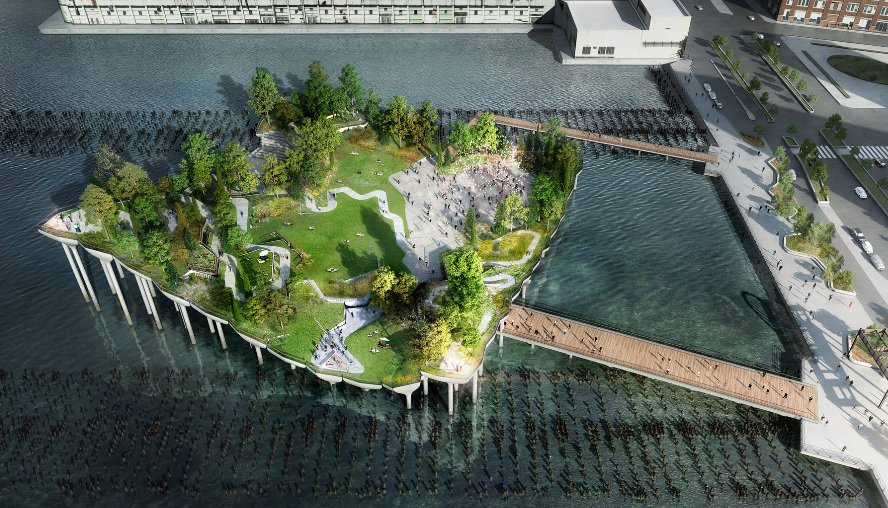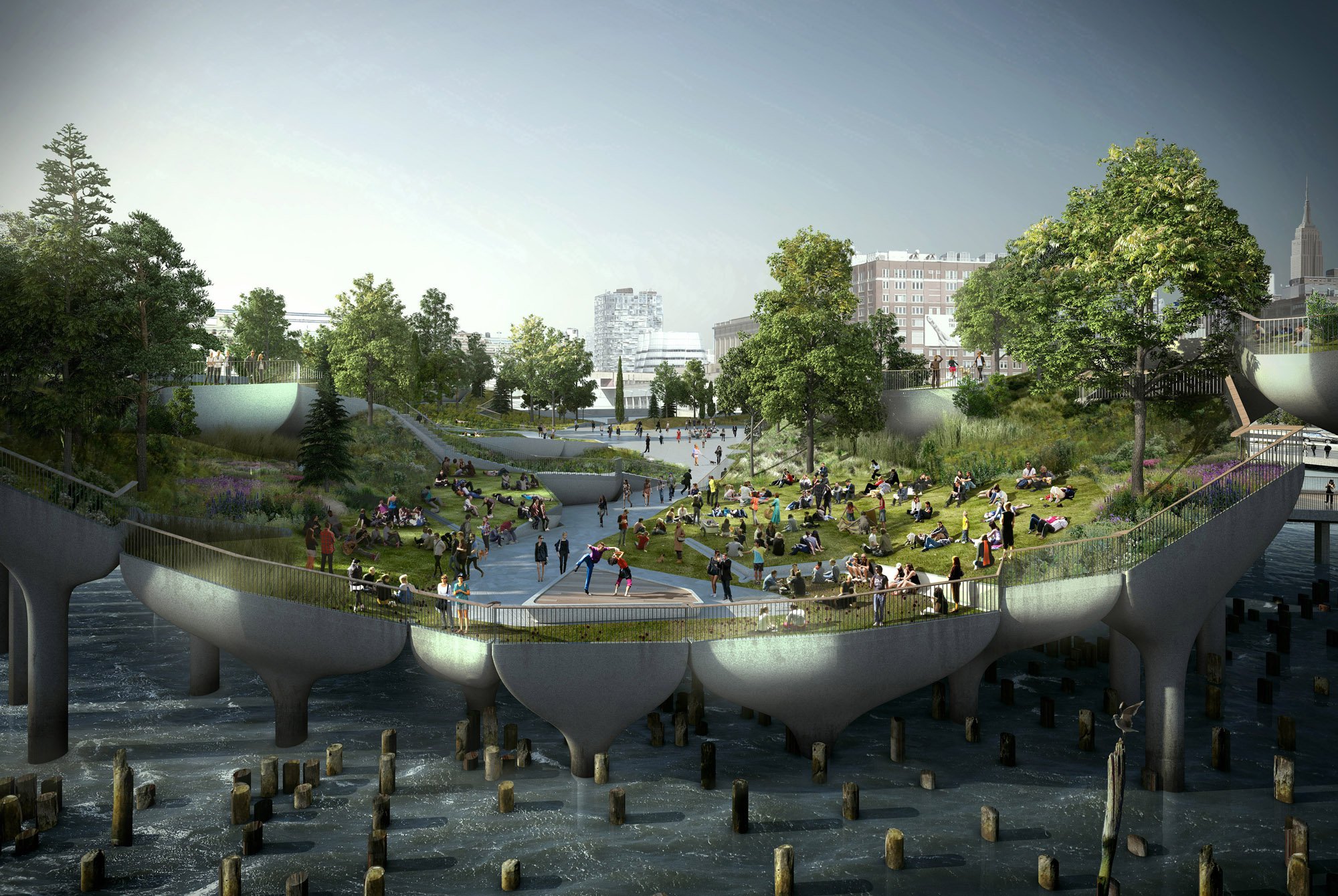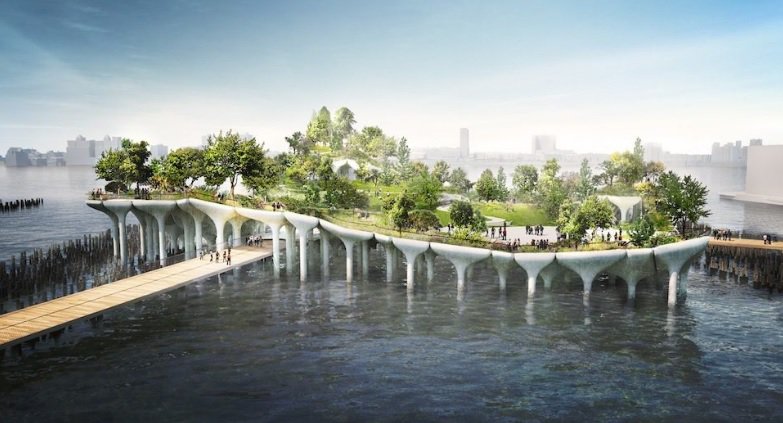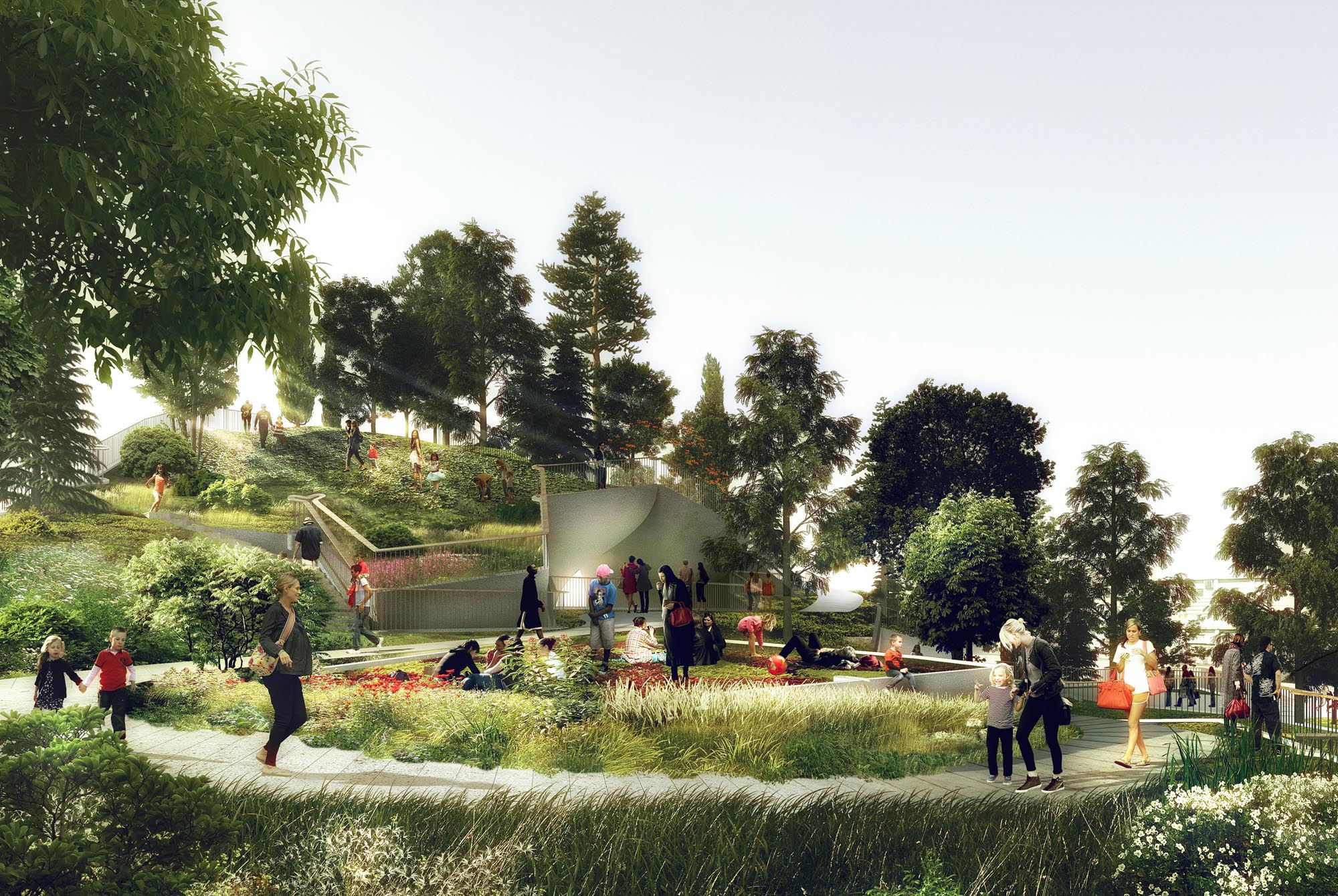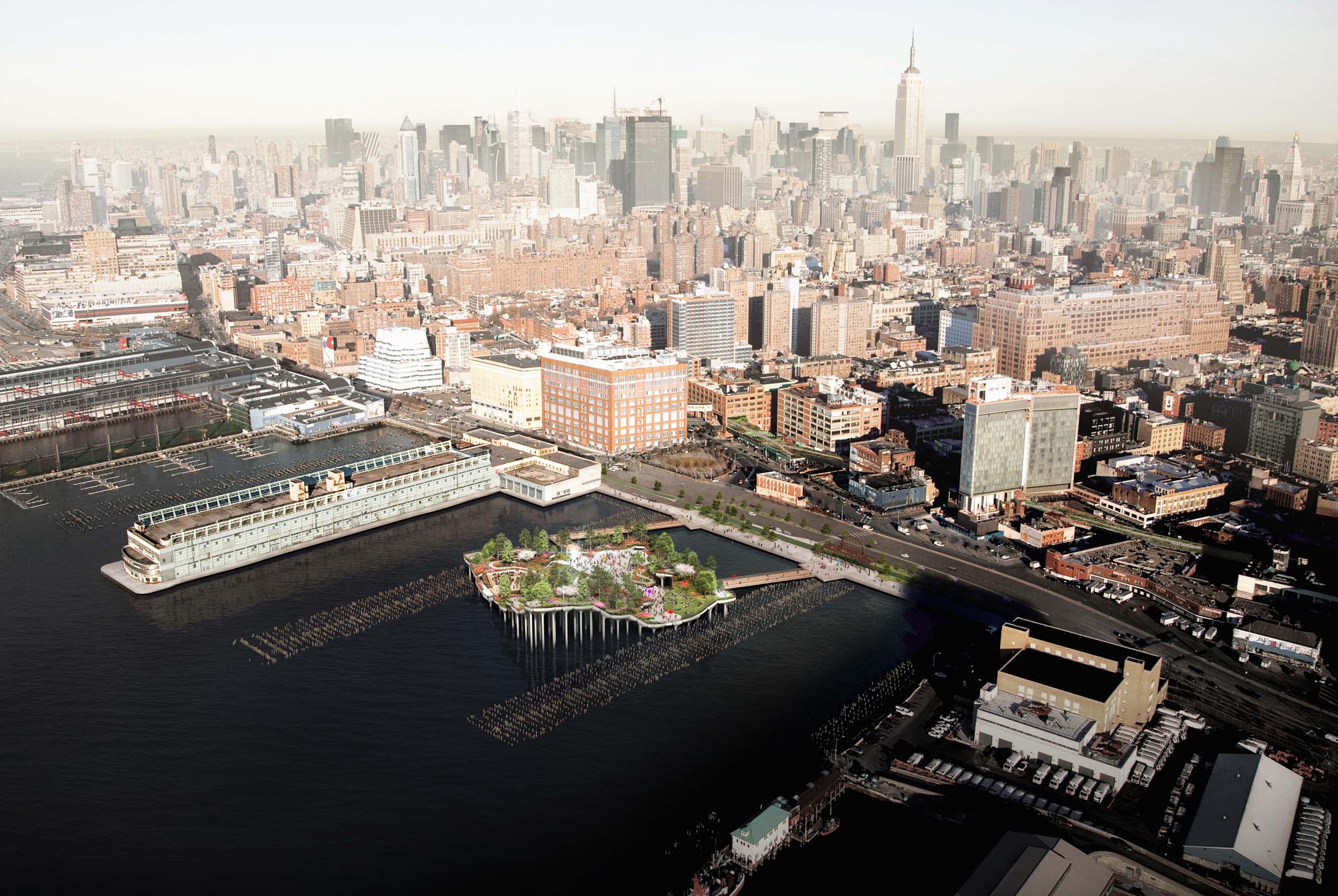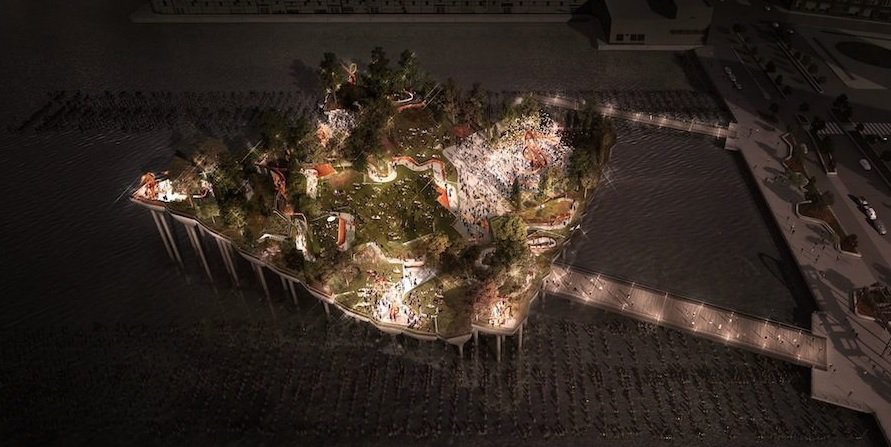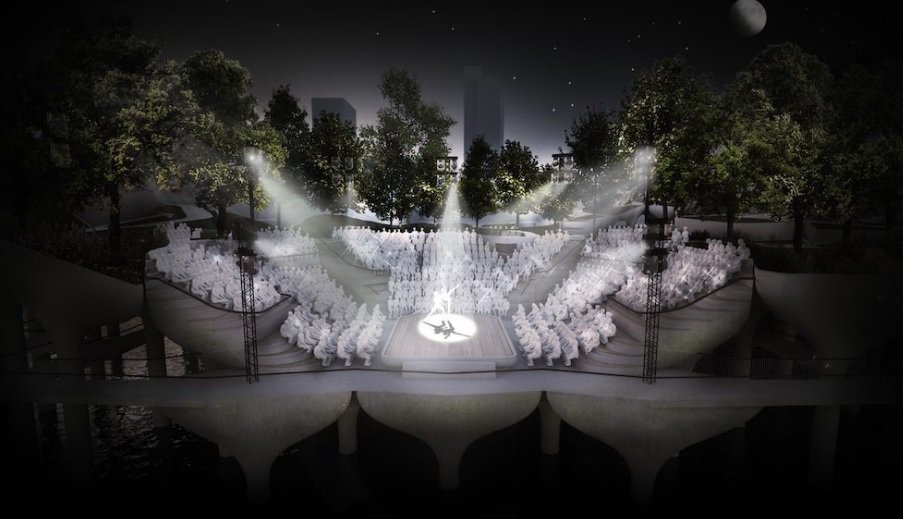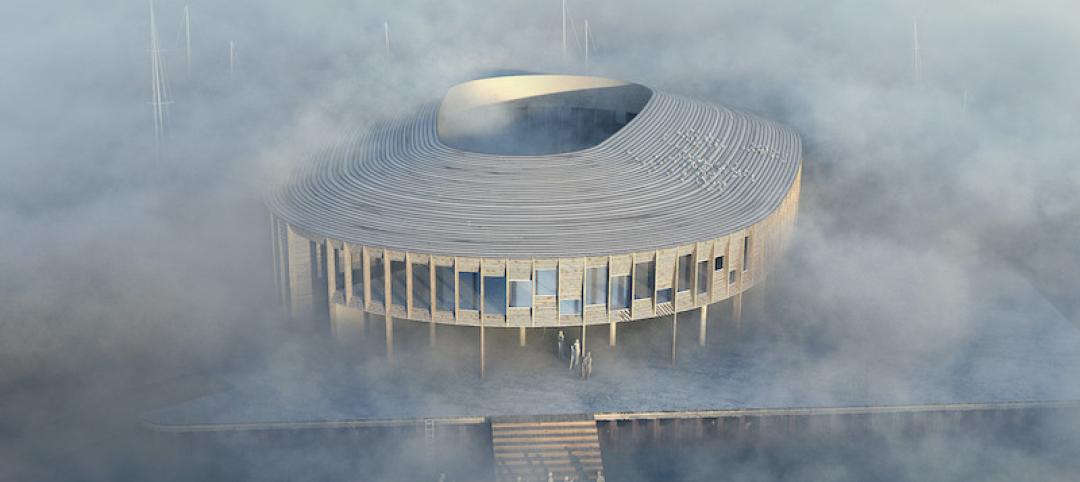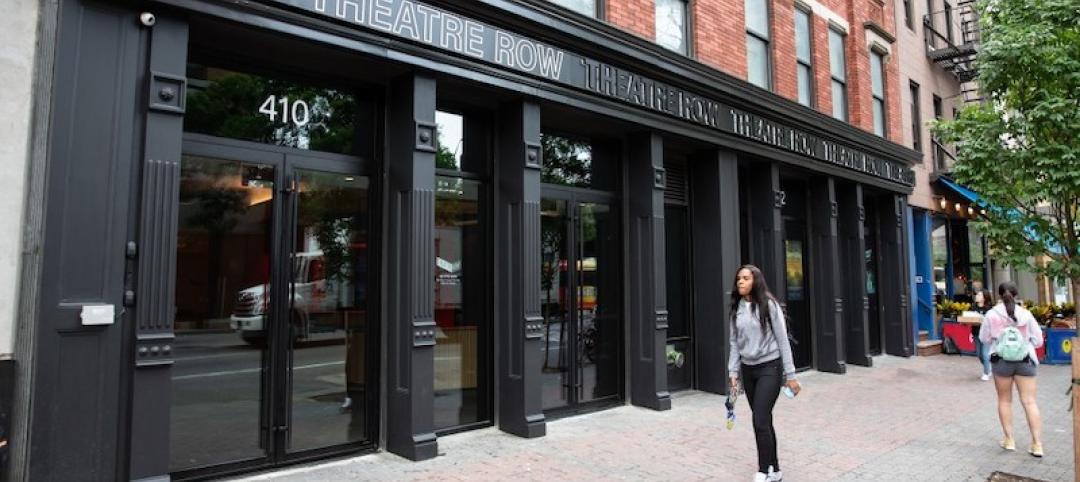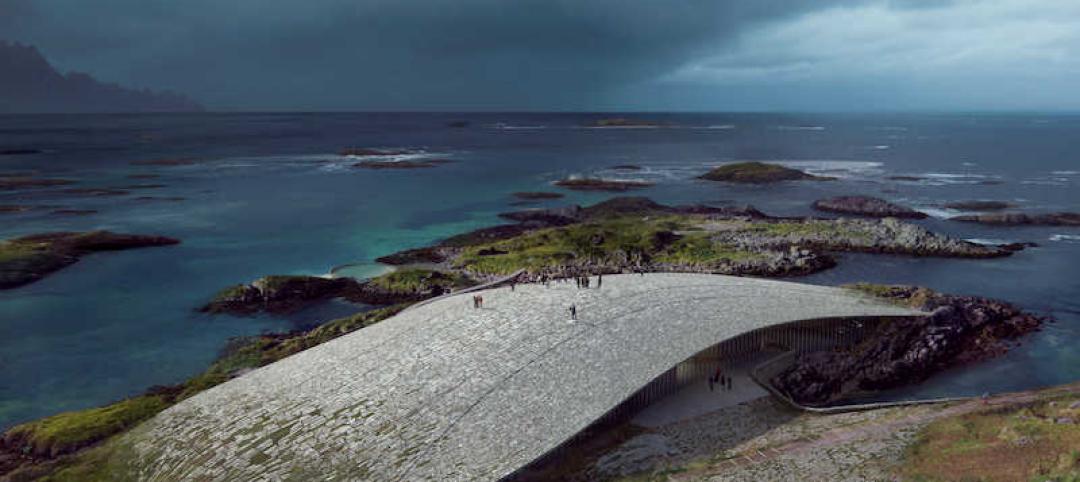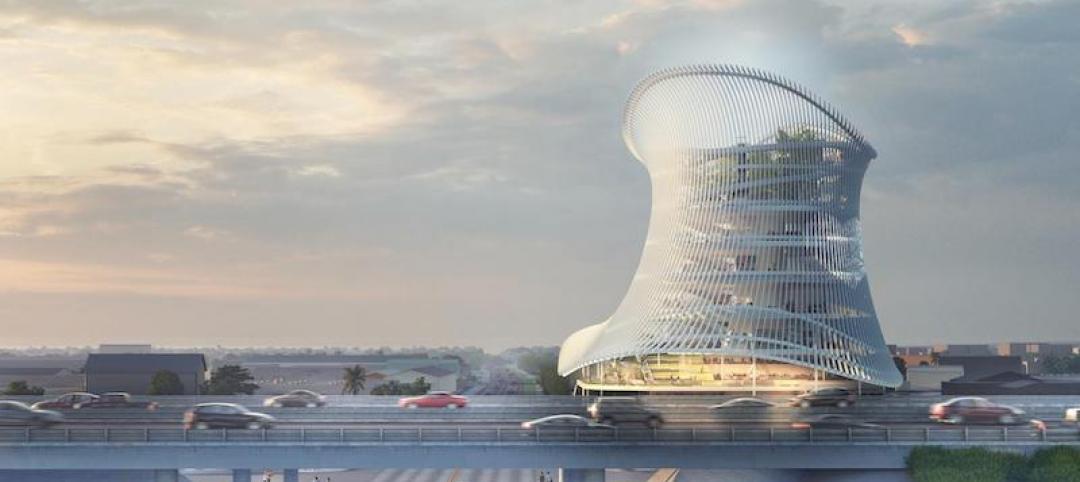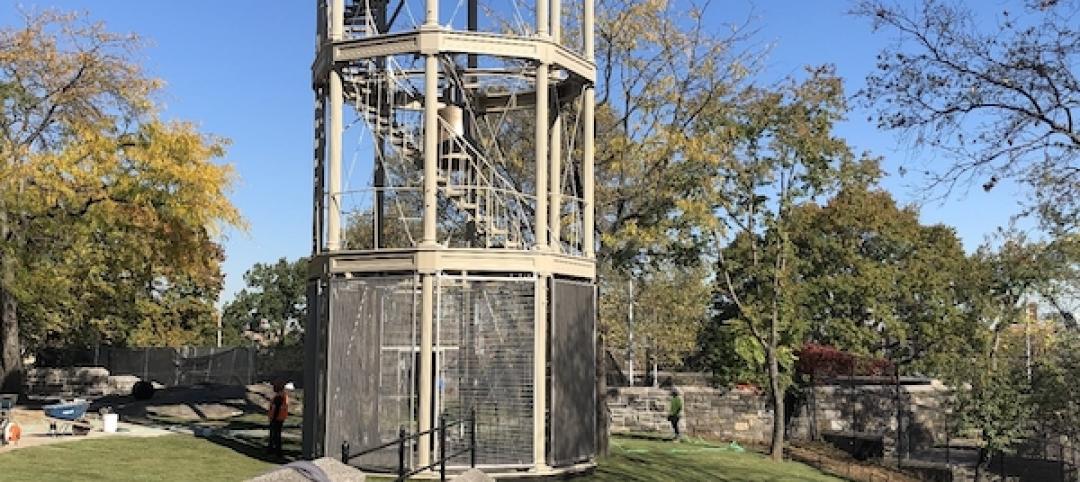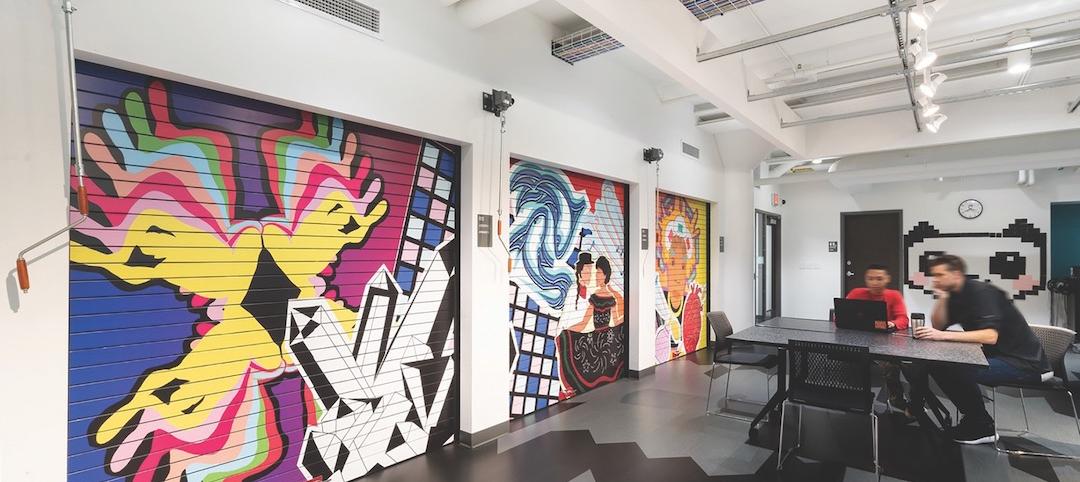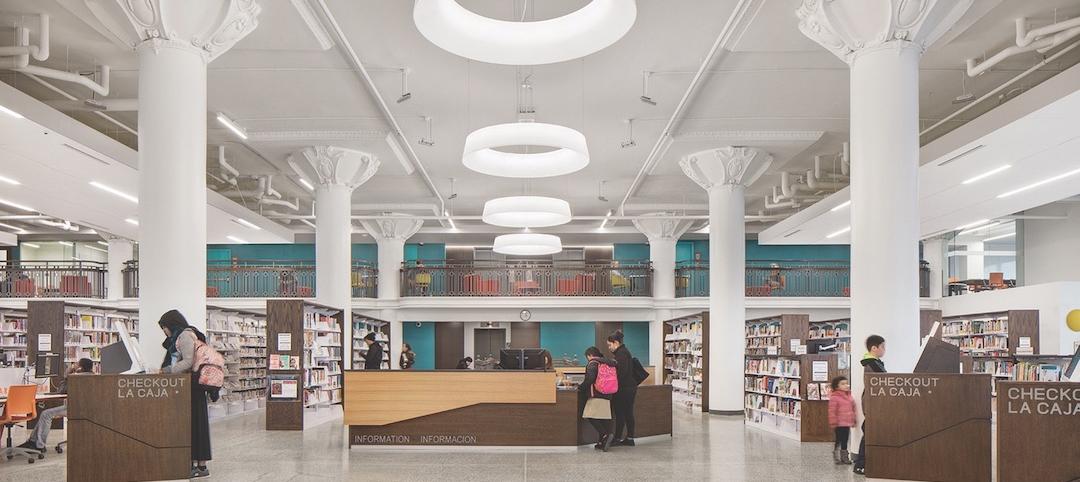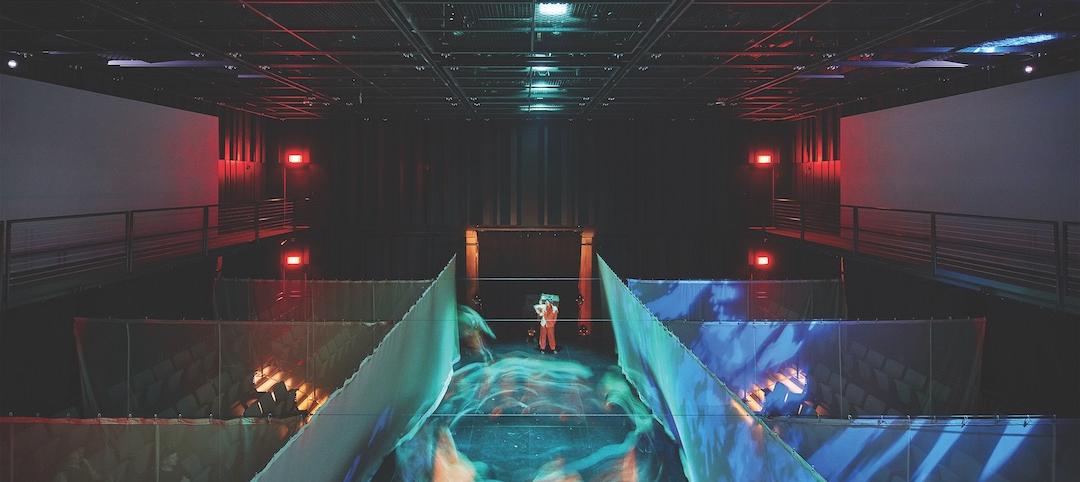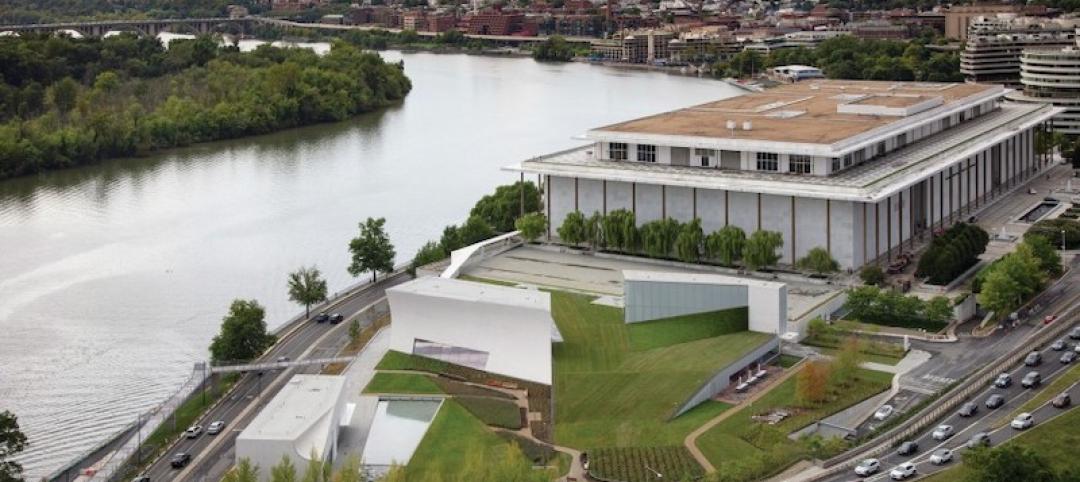When people are looking for public space in New York City, they often look to the waterways. Of the many ideas in this vein, a new one is more ambitious than usual: an offshore park proposed for the Hudson River off of 14th Street.
Initial pricing puts the project, called Pier 55, at $170 million, and the proposal states that it would be located 186 feet from land and contain wooded areas and three performance venues, 6sqft reports.
Barry Diller, the billionaire Chairman of IAC, is sponsoring the plan. In fact, he initiated the design competition that produced this proposal. Thomas Heatherwick of Heatherwick Studio is responsible for the current plan for proposed park.
Diller has promised $130 million from the Diller-von Furstenberg Family Foundation, in addition to taking managerial responsibilities for the outdoor space and operating costs for the first 20 years. A veteran supporter of public projects, Diller was also the single largest donor to the High Line. The rest of the necessary funds, about $39.5 million, are to come from the city, state, and the Hudson River Park Trust.
Before the plan can go forward, the board of the Hudson River Park Trust, the Army Corps of Engineers, and the New York Department of Environmental Conservation must approve Pier 55.
Heatherwick's winning proposal for the park is based on 300 mushroom-shaped concrete columns, forming a parallelogram shape when combined. These columns would vary in height, making the park closer to the water in some places. This design allows sunlight to enter beneath the park, which is vital for the marine sanctuary in this area of the river.
The largest of the three proposed performance spaces would hold 1,000 people in the seats and 2,500 more on the lawn. The other two spaces would be an 800-seat amphitheater and a small stage with 250 seats.
Renderings courtesy Heatherwick Studios.
Related Stories
Cultural Facilities | Dec 4, 2019
Snøhetta wins competition to design maritime center in Esbjerg, Denmark
The project’s design was developed with WERK Arkitekter.
Cultural Facilities | Dec 1, 2019
Small-venue theaters play starring cultural and economic roles in New York City’s economy
A new study identifies the challenges these theaters face, and offers possible solutions that include more city support.
Cultural Facilities | Nov 11, 2019
‘The Whale’ will be an arctic attraction 185 miles north of the Arctic Circle
Dorte Mandrup won an international competition to design the project.
Cultural Facilities | Nov 1, 2019
Coldefy & Associés’ design selected for Pulse nightclub shooting memorial
The design was selected from 68 entries.
Cultural Facilities | Oct 29, 2019
A watchtower in Harlem, once a firefighter’s lookout, is restored as a landmark
The nearly $8 million project required major structural interventions.
Giants 400 | Oct 3, 2019
Top 65 Cultural Sector Construction Firms for 2019
Whiting-Turner, Turner, PCL, Clark Group, and Gilbane top the rankings of the nation's largest cultural facility sector contractors and construction management firms, as reported in Building Design+Construction's 2019 Giants 300 Report.
Giants 400 | Oct 3, 2019
Top 70 Cultural Sector Engineering Firms for 2019
Jacobs, Arup, EXP, BRPH, and Thornton Tomasetti head the rankings of the nation's largest cultural facility sector engineering and engineering architecture (EA) firms, as reported in Building Design+Construction's 2019 Giants 300 Report.
Giants 400 | Oct 3, 2019
Top 110 Cultural Sector Architecture Firms for 2019
Gensler, Populous, DLR Group, Stantec, and Perkins and Will top the rankings of the nation's largest cultural facility sector architecture and architecture engineering (AE) firms, as reported in Building Design+Construction's 2019 Giants 300 Report.
Giants 400 | Oct 3, 2019
2019 Cultural Facility Giants Report: New libraries are all about community
The future of libraries is less about being quiet and more about hands-on learning and face-to-face interactions. This and more cultural sector trends from BD+C's 2019 Giants 300 Report.
Cultural Facilities | Sep 11, 2019
The Kennedy Center expands for the first time since its 1971 debut
The REACH, with three pavilions on a generous lawn, adds openness and light to this performance space.


